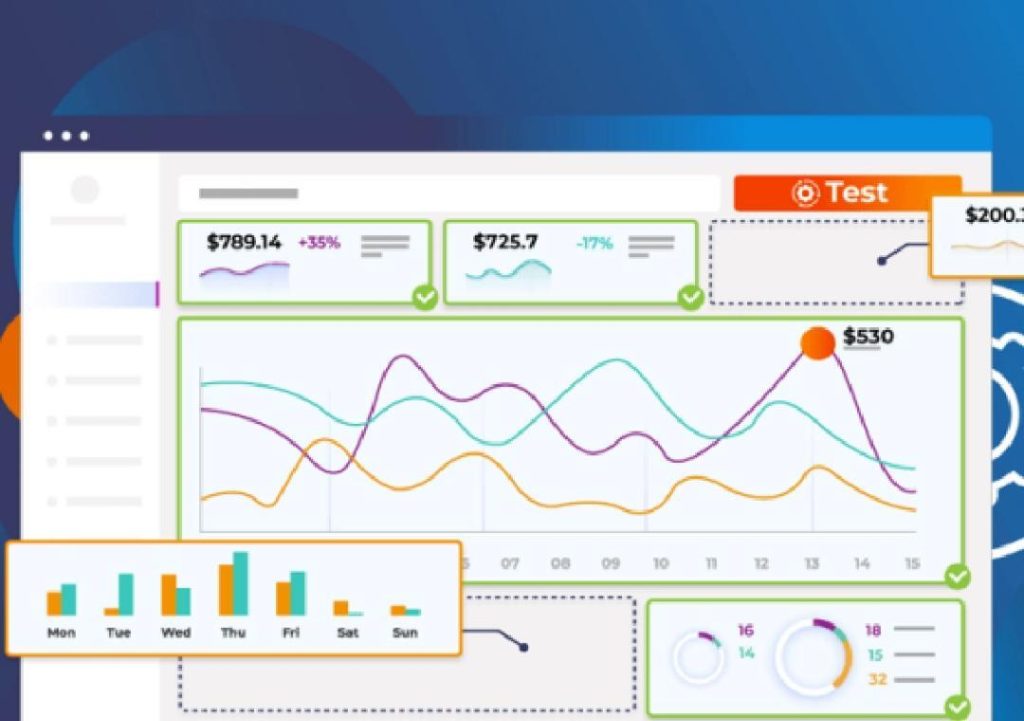
Can Dashboards Automate Decision-Making?
In today’s fast-paced business environment, decision-making is a critical aspect of success. With the vast amounts of data generated daily, it’s becoming increasingly challenging for teams to stay on top of trends, identify anomalies, and seize opportunities. This is where automation dashboards come into play, revolutionizing the way businesses operate and making data-driven decision-making a reality.
What are Automation Dashboards?
Automation dashboards are visual representations of data from various sources, such as marketing, sales, operations, and more. They bring together disparate data points into a single screen, providing real-time insights and alerts. This centralized platform enables teams to monitor key performance indicators (KPIs) in real-time, set triggers, and respond to anomalies and trends proactively.
The Benefits of Automation Dashboards
- Reduced Guesswork: Automation dashboards eliminate the need for manual reporting, reducing the risk of human error and bias. By providing real-time insights, teams can make data-driven decisions with confidence.
- Increased Efficiency: With automation dashboards, teams can focus on high-level strategy and analysis, rather than spending hours gathering and analyzing data.
- Improved Collaboration: Centralized dashboards promote collaboration across departments, ensuring everyone is on the same page and working towards common goals.
- Enhanced Decision-Making: Automation dashboards enable teams to identify opportunities and trends, respond to anomalies, and take corrective action in real-time.
- Cost Savings: By reducing the need for manual reporting and analysis, automation dashboards can help organizations save time and resources.
How Automation Dashboards Automate Decision-Making
- Real-Time Alerts: Automation dashboards provide real-time alerts for anomalies, trends, and opportunities, ensuring teams respond promptly to changes in the market or business.
- Triggered Actions: Teams can set triggers to automate specific actions, such as sending notifications or initiating workflows, based on predefined conditions.
- Live Monitoring: Automation dashboards enable teams to monitor KPIs live, tracking performance and making adjustments as needed.
- Predictive Analytics: By analyzing historical data and trends, automation dashboards can predict future outcomes, enabling teams to make informed decisions.
- Machine Learning: Some automation dashboards incorporate machine learning algorithms, allowing them to learn from data and adapt to changing conditions.
Real-World Examples of Automation Dashboards in Action
- Marketing: An e-commerce company uses an automation dashboard to track website traffic, conversion rates, and sales. The dashboard provides real-time alerts for anomalies, enabling the marketing team to adjust campaigns and optimize performance.
- Sales: A software company uses an automation dashboard to monitor sales performance, providing real-time updates on pipeline activity, conversion rates, and customer engagement. The dashboard enables the sales team to identify opportunities and adjust strategies accordingly.
- Operations: A manufacturing company uses an automation dashboard to monitor production levels, inventory, and supply chain performance. The dashboard provides real-time alerts for potential issues, enabling the operations team to take corrective action and minimize downtime.
Conclusion
Automation dashboards have the potential to revolutionize decision-making in businesses, enabling teams to make data-driven decisions with confidence. By providing real-time insights, alerts, and triggers, these platforms empower teams to respond to anomalies, trends, and opportunities proactively. Whether you’re a marketer, sales professional, or operations expert, automation dashboards offer a powerful tool for streamlining decision-making and driving business success.
Source: https://www.growthjockey.com/blogs/automation-dashboards






